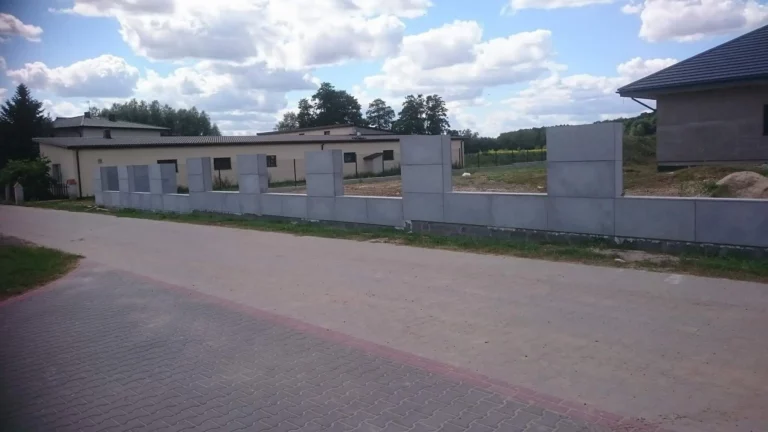
Concrete has been known since ancient times. On a large scale, the Romans were the first to start using it, hence they are considered the inventors of concrete. However, it was not until the 18th century that concrete began to be used very close to modern concrete. Among the varieties of concrete we know today, we distinguish not only ordinary structural concrete, but also architectural concrete. Its popular variety is GRC architectural concrete.
Both are made from the same raw materials: cement, sand and water. However, there is a key difference between the two: for the production of architectural concrete, metallurgical cement is used. In addition, during the production of architectural concrete, chemical admixtures are used to improve its workability and plasticity. Colorants can also be added to it. Thanks to them, GRC facade panels can not only have the traditional gray, anthracite or white color.
GRC concrete is a variation of architectural concrete. As we have already mentioned, various admixtures are added during the production of architectural concrete. Architectural concrete can also be reinforced. Glass fibers are then added. Architectural concrete with the admixture of these very fibers is called GRC. The name GFRC is also used interchangeably. This concrete is used, among other things, for the production of facade panels. The addition of fiberglass makes them lightweight and strong. The addition of chemical admixtures and glass fibers makes it possible to obtain slabs with different textures and diverse shapes. Glass fiber reinforced concrete can be colored in the mass, so the color palette is very wide.
What is GRC concrete (GFRC) used for?
Fiberglass-reinforced concrete has a wide range of applications. It is created from it:
→ interior design elements: shower trays, bathtubs, bathtub enclosures;
→ windowsills;
→ elements of small garden architecture;
→ paving slabs;
→ rail and road noise barriers.
First of all, all elements that are made of this type of architectural concrete are protected from moisture. GRC / GFRC concrete facade panels are also protected with a specialized preparation, which allows, in case of damage to the facade by graffiti, to wash it easily. The surface of GRC concrete elements can be finished very differently. The final product can have a glossy or matte surface. The plus side of facade panels and wall and floor cladding made of GRC concrete is that they can be painted any color you want - when you get bored with the old color, you don't have to replace any elements with new ones.
Fiberglass-reinforced architectural concrete has many advantages. It can be used outdoors, as one of the features that sets it apart is frost resistance. On top of that, GRC concrete is abrasion resistant - hence it can be used not only for floors, but also for paving slabs. It is very aesthetically pleasing and, of course, extremely durable. The price of this product is not high. Especially if the order is made directly from the manufacturer – feel free to contact us.
High quality, durability, great aesthetic qualities, wide possibilities of use, good price - these are the most important features by which GRC architectural concrete stands out.